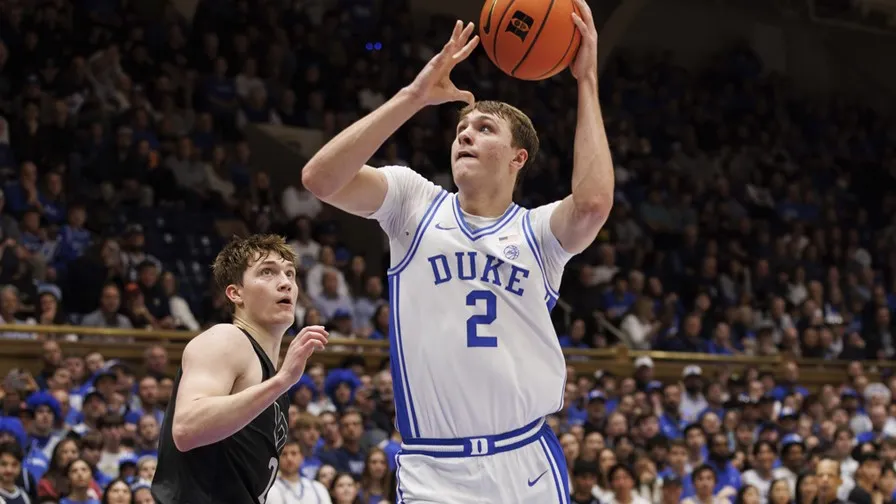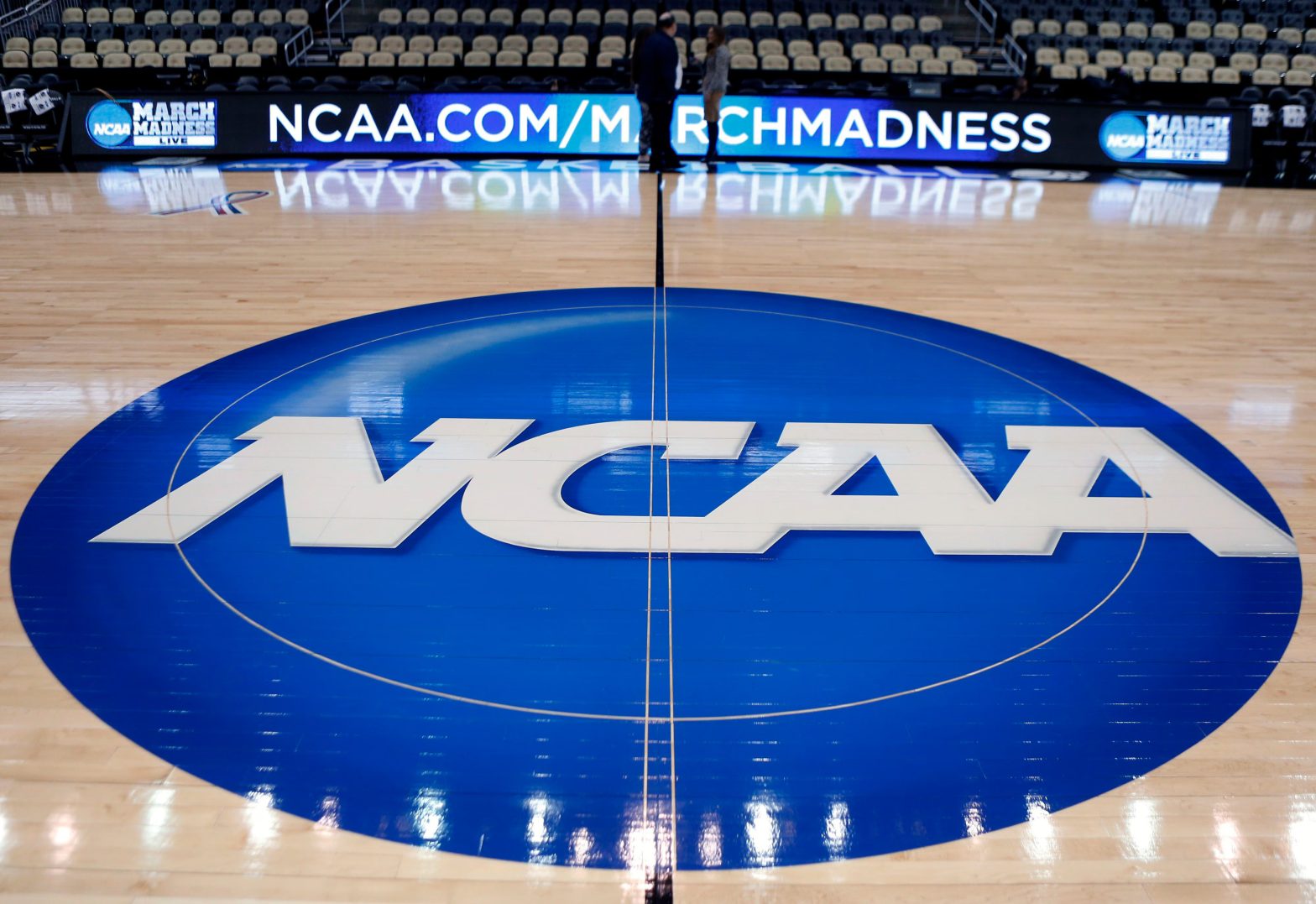College football’s transfer portal reopened this month, allowing players to move more freely than ever before. After months of confusion, the NCAA has made its transfer rules clearer and permanent, starting an era of unrestricted transfers for most athletes.
On Wednesday, the NCAA Division I Council approved a new rule for undergraduate transfers, which connects transfer eligibility with academic progress rules. The NCAA Division I Board of Directors confirmed the change on Monday. According to the NCAA, a four-year undergraduate transfer student-athlete must:
- Leave their previous school academically eligible
- Be in good standing with the previous school (meaning not under disciplinary suspension or dismissal)
- Meet all academic progress requirements at the new school before competing
The goal is to give athletes more flexibility to transfer as long as they are fulfilling their student-athlete responsibilities. The NCAA said it will keep an eye on academic trends to decide if stricter academic rules are needed in the future. For now, the academic standards are mostly the same as before, with the rule requiring athletes to stay at their previous school for a year now removed.
Previously, the NCAA allowed every athlete to transfer once and play immediately. However, athletes transferring again had to sit out for a year before they could play at a new school. This rule started in April 2021, just two months before the NCAA changed its rules to allow athletes to profit from their name, image, and likeness (NIL). These changes together have led to comparisons between college sports and free agency in professional sports.
However, the NCAA intended to limit athletes to just one free transfer under the new system. When some well-known athletes asked for waivers to transfer again without the one-year sit-out rule and were denied, it led to public disagreements between schools and the NCAA.

One notable case was North Carolina’s attempt to get receiver Tez Walker eligible, which the NCAA eventually approved in October after citing “new information,” but not without criticism of the school’s aggressive push for its player.
These tensions reached a peak in December 2023, when a group of seven state attorneys general sued the NCAA in West Virginia, claiming that the rule requiring athletes who transfer more than once to sit out a year goes against antitrust laws. U.S. District Judge John Preston Bailey issued a temporary restraining order, which was later changed to a preliminary injunction, allowing multi-time transfer athletes in winter and spring sports to play right away without penalties.
The NCAA quickly agreed to extend this rule to football and other fall sports, allowing athletes who transfer before the end of the 2023-24 academic year to play immediately in order to keep its rules consistent across sports.
Since then, athletes and schools have been assuming that these freedoms would continue indefinitely. But the official status of transfers beyond the 2023-24 academic year remained unclear — until this week.
The new transfer rule keeps the structure of transfer windows, which vary by sport but require athletes to tell their current school of their intention to transfer during a specific time. Graduate transfers can enter the portal at any time, but they need to do so before the end of their sport’s transfer window to be immediately eligible for the next season.
No athlete can transfer in the middle of their sport’s season and compete for a new team during that season. The SEC also continues to have a rule that stops players from transferring within the conference during the spring window without sitting out a season. But aside from that, the next two weeks bring both opportunities and uncertainty for athletes with many possible options.
